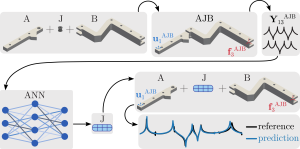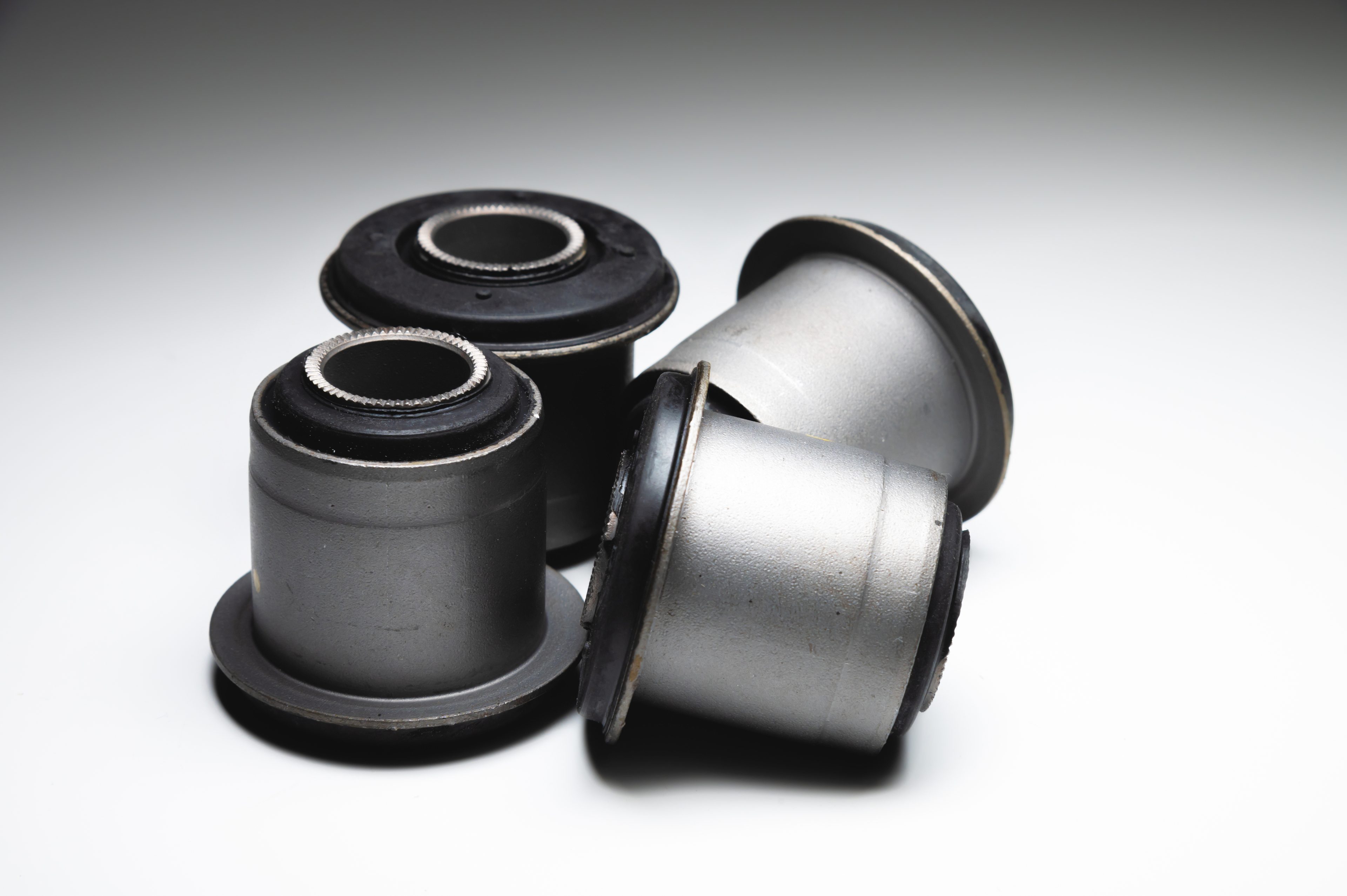Researchers from the Faculty of Mechanical Engineering at the University of Ljubljana have presented a new method for identifying the dynamic properties of joints using artificial neural networks and dynamic substructuring techniques in the frequency domain. Existing methods for joint identification require a large number of measurements or use expansion methods to estimate the dynamic properties of a structure at the interface. The new method allows for joint identification based on a significantly smaller set of measurements, which are not limited to the interface. The proposed method has been published in one of the leading scientific journals in the field, Mechanical Systems and Signal Processing (IF=8.934).

The main advantage of the approach is the reduction in the number of required measurements, which is enabled by using a neural network that estimates the dynamic properties of the joint based on the coupled structure’s dynamics. The approach is based on numerically generating a wide range of response models of joints, which are used within the dynamic substructuring techniques in the frequency domain to obtain a set of dynamic models of the coupled structure. The latter serve as a basis for input variables of the training set, with output variables representing the known values of the joint dynamic properties. The proposed method does not require calculating the inverse of the interface admittance matrix, therefore, no spurious peaks are present in the reconstructed response model of the coupled structure.
Link to the article: https://doi.org/10.1016/j.ymssp.2023.110426.
